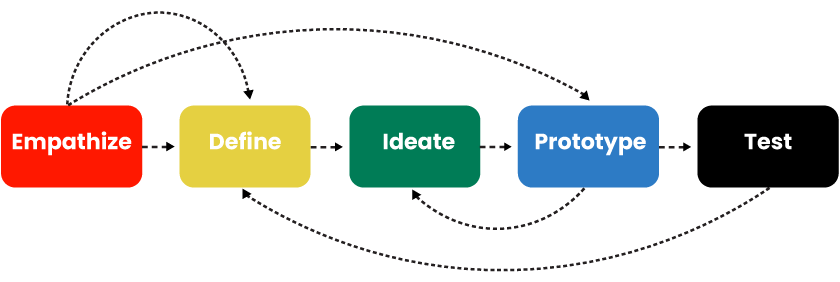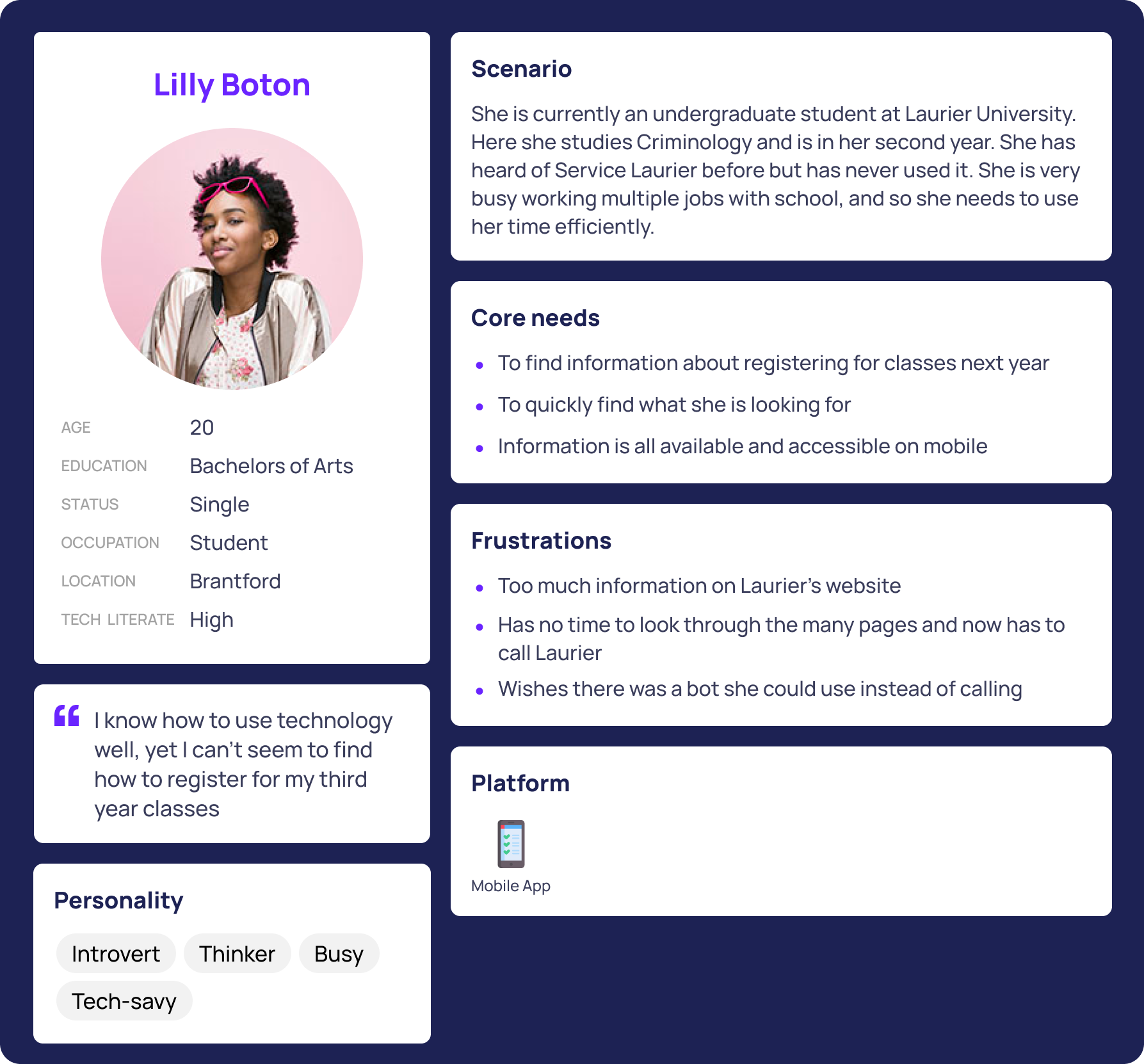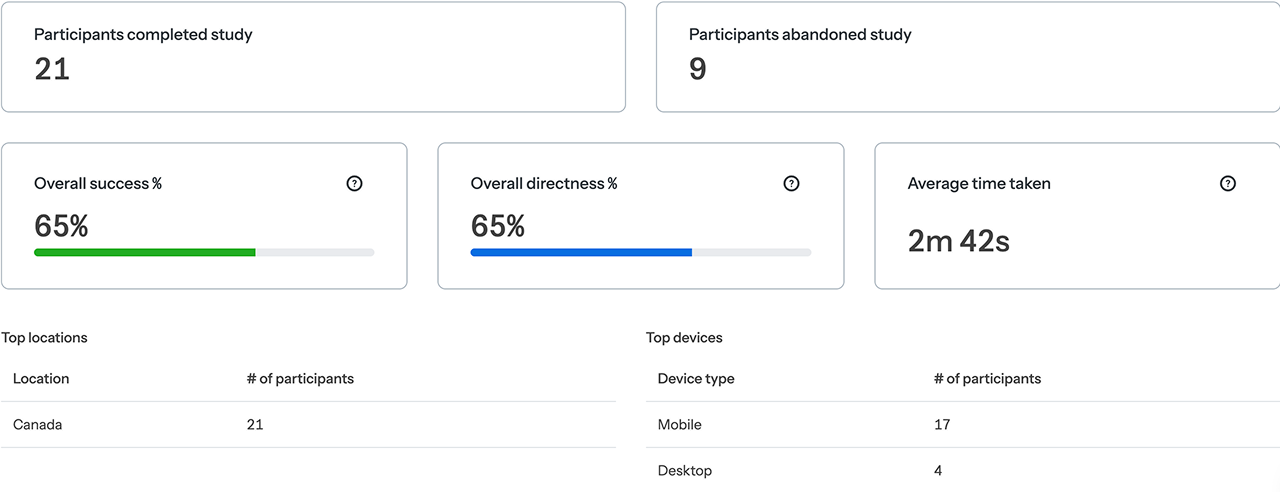The Challenge
This was done for a school project and so we had a limited time and budget.
The Design Thinking Process

Aim & Objectives
Aims:
- To design a smart, temperature-regulating pillow that enhances sleep quality by integrating haptic feedback, biometric tracking, and internet of things connectivity.
- To explore how somatic design principles can improve users' interaction with sleep technology.
- To create a conceptual IoT-enabled prototype that demonstrates the potential of smart home integration for sleep optimization.
Objectives:
- Enhance Sleep Comfort – Develop a pillow that adjusts its temperature based on user preferences and external conditions.
- Integrate internet of things Connectivity – Enable communication with smart home devices, wearable technology, and smart alarms for a personalized sleep experience.
- Utilize Haptic Feedback – Implement a vibrating alarm system as an alternative to traditional sound-based alarms for a gentler wake-up experience.
- Prototype Development – Construct a medium-fidelity prototype using Arduino components, temperature-modulating elements, and haptic actuators.
- User-Centered Design – Incorporate user feedback to refine the concept, ensuring the pillow is intuitive, effective, and feasible.
- Investigate Production Feasibility – Explore potential materials, manufacturing techniques, and cost-effective solutions for real-world production.

.png)
.png)
.png)
Prototype
Production Methods
The concept for a high-fidelity prototype includes:
- A Peltier-based thermoelectric system will regulate temperature by transferring heat based on electric current, with carbon fiber conductors ensuring even distribution.
- Adrunio UNO board to play smoothing sounds
- A battery-powered design eliminates external wires, making the pillow portable and travel-friendly.
- The fabric should be breathable, comfortable, and compatible with the temperature-regulating system. Bamboo is a great choice as it is soft, fine, breathable, and comfortable for the pillow’s exterior.
Our low-fidelity prototype includes:
- A waterbottle where we can manually ajust the temperatures to simulate temperature changes.
- An Adrunio UNO board to play smoothing sounds
- Battery pack to simulate the power source
Constraints:
- Material Soucring: We had to ensure that all materials were both cost-effective and environmentally sustainable. Finding components that met these criteria while maintaining functionality was a challenge.
- Cost-effective: Some materials considered for the high-fidelity prototype, such as carbon fiber are expensive. This could drive up production costs, making the final
- Optimizing IoT Integration: Ensuring seamless connectivity between the pillow and other smart devices posed challenges, particularly in selecting reliable, low-power communication modules that wouldn’t compromise battery life or increase costs.
- Prototype Feasibility: Due to resource limitations, we had to create a medium-fidelity prototype rather than a fully functional product. Simulating features like temperature regulation and haptic feedback with available technology required creative problem-solving.


Conclusion
Reflecting on this project, I gained valuable insights into the complexities of designing for the human body and the importance of balancing innovation with practicality. Developing a prototype rather than just theorizing solutions pushed me to think critically about real-world constraints like material sourcing, cost-effectiveness, and manufacturability. While there are areas for improvement—such as refining the cost and optimizing the integration of IoT features—this project has reinforced my understanding of how digital and physical interfaces can enhance user experiences. It also emphasized the role of iterative design in refining ideas into tangible, impactful solutions.



.png)

